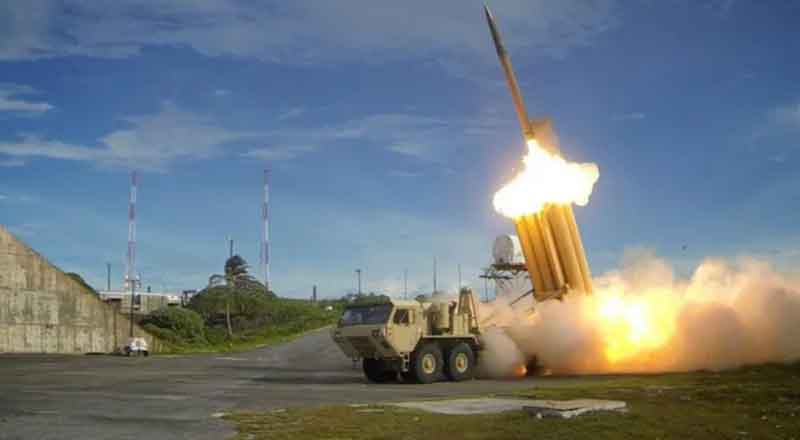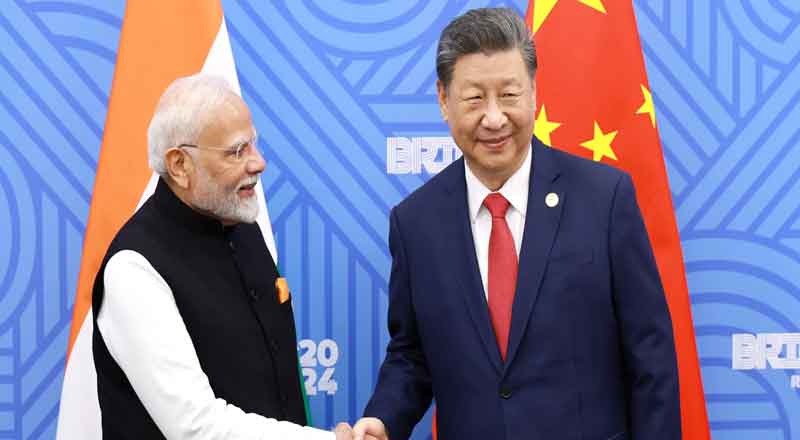Understanding the Role of THAAD in Countering Missile Threats from Iran and Its Proxies
The United States has deployed one of its most advanced missile defense systems, the Terminal High Altitude Area Defense (THAAD), to Israel, accompanied by 100 US troops. This move comes in response to a series of missile strikes from Iran, following the assassinations of key Iranian and Hezbollah leaders, escalating tensions in the region.
What is THAAD?
THAAD, short for Terminal High Altitude Area Defense, is an advanced missile defense system designed to intercept and neutralize short, medium, and intermediate-range ballistic missiles. It is unique in its ability to intercept incoming threats both within and outside the Earth’s atmosphere, making it a crucial part of any defense against evolving missile technology. THAAD is continuously upgraded to maintain its effectiveness against new and more sophisticated missile threats.
Why THAAD in Israel?
The deployment of THAAD to Israel by the Biden administration is a direct response to the growing threat of missile attacks from Iran or its allied forces. As Israel prepares for potential retaliation, especially following the death of Hezbollah leader Hassan Nasrallah, the presence of THAAD significantly strengthens the country’s missile defense capabilities.
Iran has warned that any aggressive action by Israel, including potential strikes on its nuclear facilities, will be met with a powerful response. With escalating threats and ongoing conflict, including Israel’s extended military actions in Gaza, which have led to significant civilian casualties, the request for US military support became crucial. The THAAD system provides a vital layer of defense for Israel in its conflict with Iran and other adversaries in the region.
How Does THAAD Work?
THAAD is engineered to intercept ballistic missiles during their “terminal phase,” the final stage of flight before they strike their target. It can engage threats both inside the atmosphere (endoatmospheric) and outside (exoatmospheric). Unlike other missile defense systems, THAAD destroys incoming missiles using kinetic energy — essentially hitting them with enough force to obliterate them on impact, rather than relying on an explosive warhead.
Key Components of THAAD
The THAAD system comprises several critical components that work together to detect, track, and intercept incoming missile threats:
Interceptor: A missile that destroys targets using kinetic impact force.
Launch Vehicle: Mobile trucks that transport and launch the interceptors.
Radar: A powerful detection system capable of identifying threats from up to 3,000 kilometers away.
Fire Control System: Manages the launch and targeting operations to ensure successful interception.
A typical THAAD battery includes six truck-mounted launchers, each capable of carrying up to eight interceptors. The system also requires 95 US soldiers to operate effectively, and reloading each launcher takes approximately 30 minutes.
The US Role in THAAD Deployment
A critical aspect of THAAD is that it is operated exclusively by US personnel. This deployment in Israel not only enhances Israel’s defense capabilities but also signifies a significant US military presence in the region. The US Army currently has seven THAAD batteries stationed globally in conflict zones as part of its international defensive strategy.
The decision to deploy THAAD to Israel comes just weeks before the US presidential election, marking the first significant US military deployment to Israel since the country’s intensified bombing of Gaza. This move underscores the strategic partnership between the US and Israel, especially in the face of heightened regional threats.
(With inputs from agencies)





